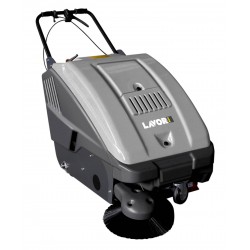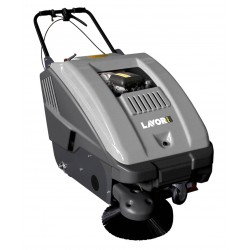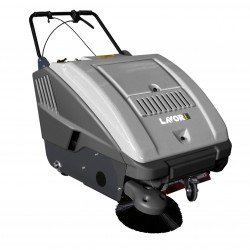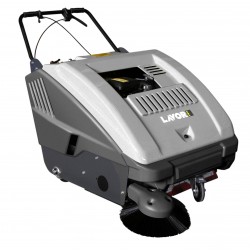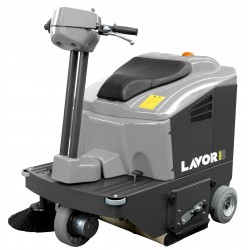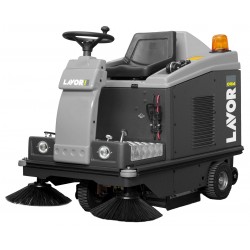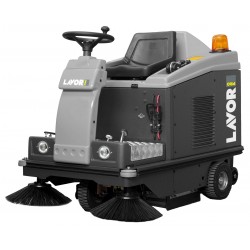No products
How should the brush be?
In the sweepers, there are two types of bushes: the first one rotates with a perpendicular axle to the floor (this is the one called “side brush”), it is useful to move dirt into the collecting area and to reach dirt near borders or under edges; the second one rotates with a parallel axle to the floor (this is the one c...
How should the brush be?
In the sweepers, there are two types of bushes: the first one rotates with a perpendicular axle to the floor (this is the one called “side brush”), it is useful to move dirt into the collecting area and to reach dirt near borders or under edges; the second one rotates with a parallel axle to the floor (this is the one called “main brush”); it rotates counterclockwise (opposite) to the forward direction of machine and collects dirt into the collection tank. The brushes differ in the shape (round flat the “side brush” and cylindrical the “main brush”), in the type of bristles (the way bristles are arranged on the brush body), in the body material (that accordingly to options, provides resistance still in humid environment or competitive construction) and in the bristle material /diameter/shape. Generally, the stiffer and rougher the bristles are, the better they collect the heaviest dirt adherent to the floor (typically wet leaves). The more flexible and thinner the bristles are, the better they collect light and thin dirt. To have a better scraping action, it is necessary to add steel bristle to the PPL ones. To collect very thin dirt, it is necessary to use only short round PPL bristles. As a consequence of motorization (petrol engine or electric one) and so of indoor or outdoor use, the walk behind models have stiffer or softer bristles, to adapt in best way possible to the type of dirt typically found in the working area.
Sweepers There are 7 products.
Subcategories
SWL 700 ET
3 180,00 €SWL 700 ST
3 640,00 €SWL 900 ET
4 000,00 €SWL 900 ST
4 260,00 €SWL R 850 ET
9 470,00 €SWL R 1000 ET
11 940,00 €SWL R 1000 ST
12 390,00 €

